You’re on board with a Keto or "Low-Carb" diet, you’ve heard all about the health benefits of coconuts, but now you’re confused by the options. Coconut cream, coconut milk, cream of coconut, coconut sugar—the humble ingredient is more eclectic than you’d think.
Today we’re demystifying the many iterations of coconut, from the liquid forms we love to mix into curries and smoothies to gluten free coconut flour for baking and our Dang Toasted Coconut Chips that we put on, well, pretty much everything.
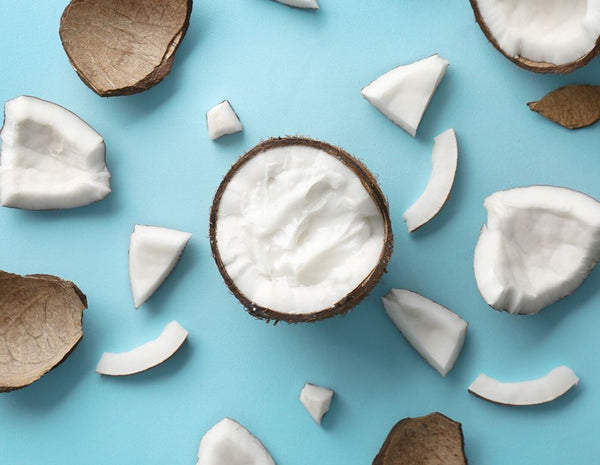
Coconut Meat
Before we get into the many forms of coconut, it’s important to understand its core, literally. The white fleshy interior known as the “meat” has fat and fiber, with a moderate number of carbs and protein, which is why it’s a fixture of the Keto diet. Though you can buy already-scooped meat at some grocery stores, here’s a step-by-step guide if you want to DIY.
Use it in: Stews, salads, and smoothies

Refrigerated Coconut Milk
You’ll find cartons of this coconut variety next to other non dairy milks like almond, oat, and cashew. Coconut milk is made using coconut meat, plenty of water, and thickening agents like carrageenan or guar gum (made from guar beans) to help stabilize the beverage. Be mindful of these additives if you have a sensitive stomach—some studies have found it can mess with digestion.
Use it in: Coffee, matcha, smoothies, and granola

Canned Coconut Milk
Canned coconut milk is thicker and shelf-stable compared to what you’ll find in the refrigerator aisle. It’s made by blending coconut meat with a little water and sometimes, additives. There’s variety within this category too, from sweetened and unsweetened to light and full-fat. We recommend the full-fat version for Keto friendly dishes. If you’re worried about BPA in cans, some brands sell shelf-stable coconut milk in cartons, though the flavor is said to be less rich.
Use it in: Stir-fries and curries, and as a meat marinade

Coconut Cream
If you’ve opened a can of coconut milk, you’ve seen coconut cream. It’s that thick layer at the top of the can. Coconut cream is full of protein and fat and even less water than canned coconut milk. Given its luxurious consistency, it’s no surprise it’s popular as a plant based alternative in baked goods, but be mindful of its low water content and the amount of hydration a recipe needs.
Use it in: Salad dressings, and desserts like pies and cakes
Cream of Coconut
The names sound similar and both are sold in cans, but cream of coconut is not the same as coconut cream. Cream of coconut adds (a lot of) sugar to blended coconut, which is why it’s popular for sweet drinks like piña coladas and is not Keto friendly
Use it in: Tropical cocktails
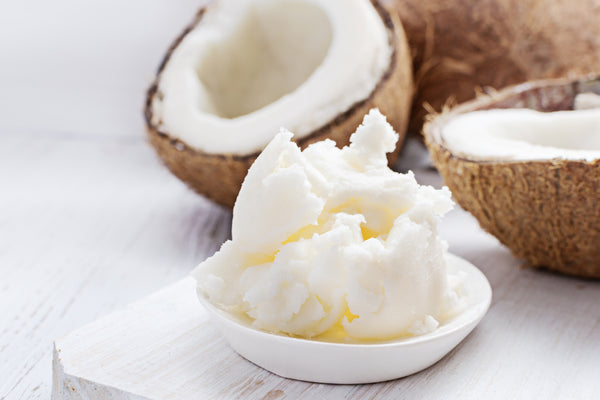
Coconut Butter
What do you get when you take all that coconut meat and grind it down? A decadent, Keto friendly spread called coconut butter. Sometimes called creamed coconut, the fatty, nutrient-rich texture on this one can vary, from smooth and velvety in warm temperatures to hard and waxy in cooler environments. Bonus: It’s a great dairy free, nut free spread.
Use it in: Baked goods and on toast
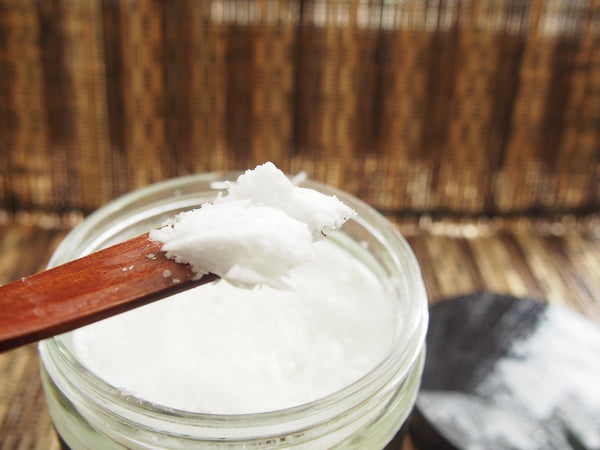
Coconut Oil
This is the oil that’s extracted from the meat of the coconut, but then come the variations. Unrefined (sometimes called virgin or extra virgin) coconut oil is extracted using zero chemicals or heat—either by an expeller that dries then mechanically presses the meat before separating oil from water, or by cold-pressing, which means pressing the meat without drying it first. There’s no clear cut winner between the two, but either option is said to be superior to refined coconut oil, which is extracted via chemicals and heat. (If you see “RBD Coconut Oil” on a label, that means “refined, bleached, and deodorized.”) While unrefined coconut oil has a smoke point of about 350 degrees Fahrenheit, refined starts breaking down at about 400.
Use it for: Sautéeing, roasting, and baking, body and hair oil
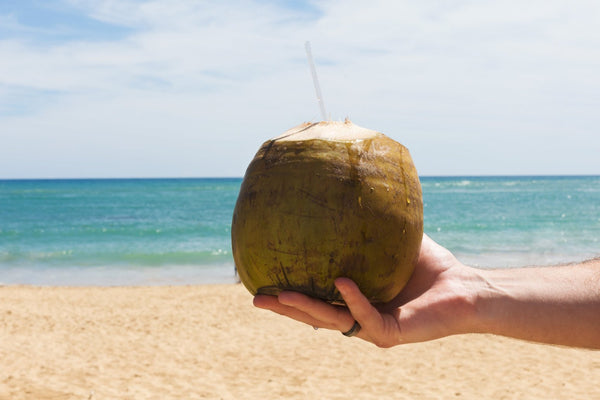
Coconut Water
Many other coconut forms strain out the water, but in this electrolyte-rich liquid, the water is the star. Sourced from young, still-green coconuts, coconut water is made up of 94% water and little fat. As a post-workout recovery drink, it’s loved as a magnesium, potassium, and sodium replenisher. While there are no added sugars in pure coconut water, there are just over six grams of naturally occurring sugar in a single cup, so be careful of drinking too much of this on the Keto diet.
Use it in: Smoothies, rice, and on its own
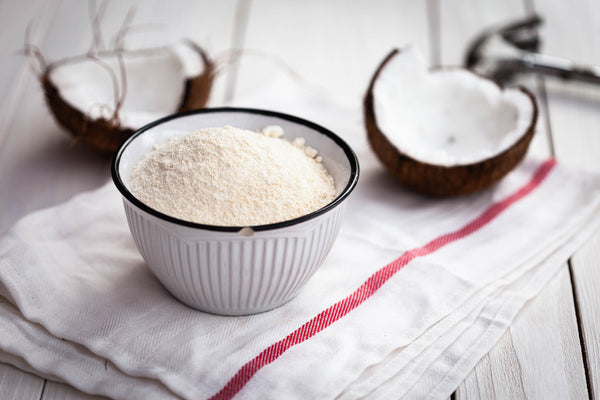
Coconut Flour
Whether you’re gluten intolerant or keeping carbs low on a Keto diet, coconut flour can sub in for all-purpose flour. It’s made by grating, straining, drying, and grounding coconut meat, resulting in a grain free white flour. Though research is new, coconut flour is said to be packed with fat, insoluble fiber, MCTs, and plant based iron. When swapping it in, keep in mind that it’s not a one-to-one replacement since it’s a dense flour that soaks up water more quickly. Aim for 20% of coconut flour in a recipe and up the liquid amount by 20% as well.
Use it in: Pizza dough, bread, cookies, and muffins

Coconut Chips
Here at Dang, we’re partial to coconut chips. Bigger than shredded coconut, these chips are made by scooping out fresh coconut meat, slicing it into delicate ribbons, then toasting it to create crunchy slivers that are more nutrient dense (more fiber, less sugar) than potato or tortilla chips but offer the same satisfying crunch. Dang’s Lightly Salted and Tropical Mango Coconut Chips are not sweetened with any added sugar and are both Keto certified, making them perfect additions to a low carb diet.
Use it on: Acai bowls, salads, stir-fries, and as grain free bread crumbs

Coconut Sugar
Unlike everything we’ve discussed so far, coconut sugar (or coconut palm sugar) isn’t actually made from the coconut itself—it’s made from the nectar of coconut blossoms. That sap is then heated to evaporate the liquid and ground until it becomes caramel-colored granules that look like raw sugar and taste like brown sugar. Though coconut sugar has trace minerals like zinc and iron, there’s debate over whether its low glycemic index counts. At the end of the day, coconut sugar is still sugar and should be used sparingly. If you love cooking, it has the added perk of being an easy, one-to-one substitution in most recipes. Dang’s Caramel Sea Salt Coconut Chips use coconut sugar instead of cane sugar to create the caramel flavor, making them Paleo friendly.
Use it in: Curries and baked goods
Coconut Nectar
Before it turns into granulated coconut sugar, the sap from coconut blossoms is nectar. Even though it consists mainly of sugar (and a little sodium) and is considered an alternative liquid sweetener, some say the syrup has a surprisingly earthy, bittersweet taste. Keep in mind that compared to other liquid sweeteners like maple syrup or agave, coconut nectar is more expensive.
Use it in: Granola, pancakes, and smoothies












